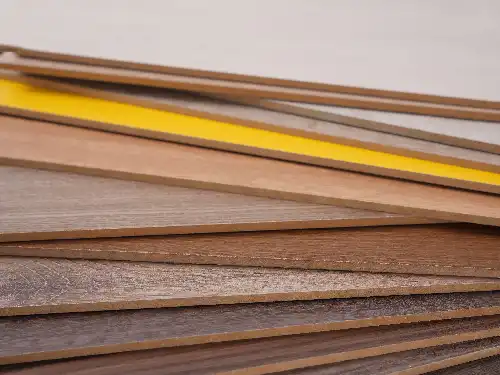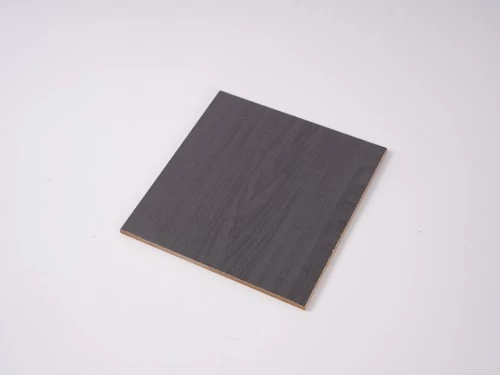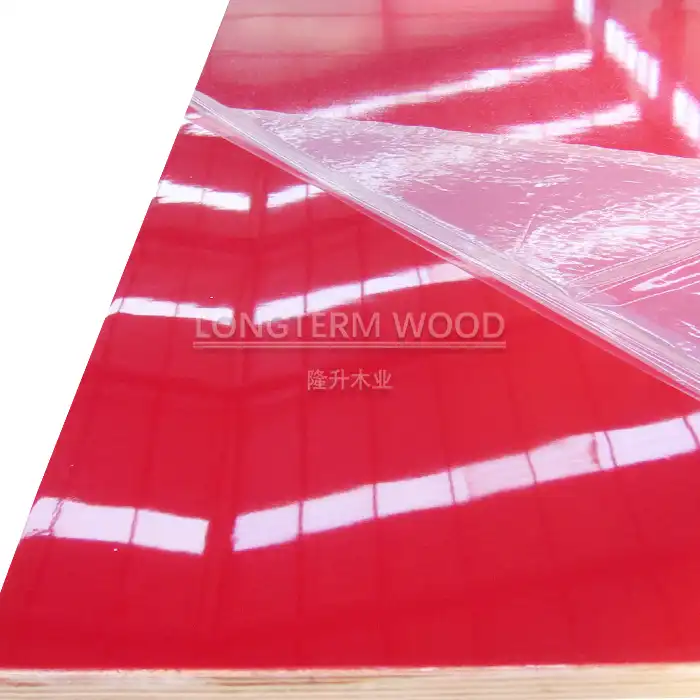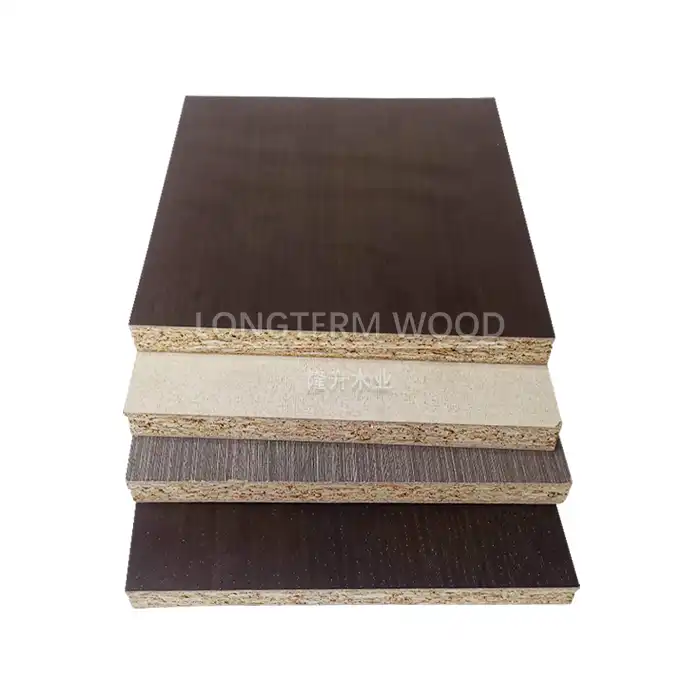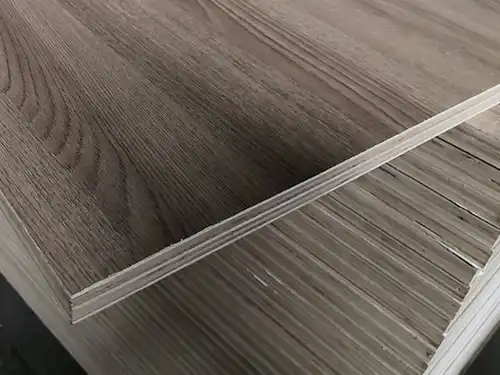
Why Is Melamine Plywood a Cost-Effective Solution for Commercial Spaces?
2025-03-04
In today's competitive commercial construction and interior design landscape, finding materials that balance cost-effectiveness with durability and aesthetic appeal is crucial. Melamine plywood has emerged as a superior solution for commercial spaces, offering an exceptional combination of affordability, durability, and versatility. This engineered wood product features a protective melamine coating that enhances its resistance to wear, moisture, and daily wear and tear, making it an economical choice for various commercial applications. The material's cost-effectiveness stems not only from its initial price point but also from its long-term durability and minimal maintenance requirements, making it an intelligent investment for businesses looking to optimize their construction and renovation budgets.
Superior Durability and Performance Features
Enhanced Surface Protection
Melamine plywood stands out in commercial applications due to its exceptional surface protection capabilities. The melamine coating creates a robust barrier against common commercial wear and tear, including scratches, stains, and impact damage. This enhanced durability significantly extends the material's lifespan, making it particularly valuable in high-traffic commercial environments such as retail stores, offices, and hospitality spaces. The protective layer of melamine plywood is thermally fused to the surface under high pressure and temperature, creating a seamless bond that prevents delamination and ensures consistent performance throughout its service life. This manufacturing process results in a surface that maintains its appearance and structural integrity even under demanding commercial conditions.
Moisture and Chemical Resistance
One of the most significant advantages of melamine plywood in commercial settings is its superior resistance to moisture and chemicals. The melamine coating creates an impermeable barrier that prevents water penetration, making it ideal for areas exposed to occasional spills or high humidity levels. This moisture resistance helps prevent warping, swelling, and deterioration that commonly affect untreated wood products. Additionally, melamine plywood demonstrates excellent resistance to common cleaning chemicals and substances frequently encountered in commercial environments, ensuring that routine maintenance and cleaning procedures won't compromise the material's integrity or appearance.
Structural Stability
The engineered construction of melamine plywood provides exceptional dimensional stability and load-bearing capabilities. The core plywood layers are carefully selected and arranged to maximize strength while minimizing the natural tendency of wood to expand and contract with environmental changes. This structural stability makes melamine plywood an excellent choice for commercial furniture, shelving, and cabinet applications where consistent performance is essential. The material maintains its shape and structural integrity even under varying temperature and humidity conditions, ensuring long-term reliability in diverse commercial settings.
Cost-Effective Installation and Maintenance
Efficient Installation Process
The installation of melamine plywood offers significant cost advantages in commercial projects. The material comes pre-finished with its protective melamine coating, eliminating the need for additional surface treatments or finishing processes on-site. This characteristic substantially reduces installation time and labor costs compared to traditional wood products that require multiple finishing steps. The standardized dimensions and consistent quality of melamine plywood also contribute to more efficient installation processes, reducing material waste and ensuring predictable project timelines. Professional installers can work more efficiently with melamine plywood, as it requires fewer specialized tools and techniques compared to other commercial building materials.
Minimal Maintenance Requirements
Melamine plywood's low maintenance requirements translate into substantial cost savings over time. The durable surface requires only basic cleaning with standard commercial cleaning products, eliminating the need for specialized maintenance procedures or periodic refinishing. This reduced maintenance burden not only saves on direct maintenance costs but also minimizes disruption to commercial operations. The material's resistance to staining and scratching means that it maintains its appearance with minimal intervention, reducing the frequency of repairs or replacements typically associated with other commercial building materials.
Long-Term Cost Benefits
When evaluating the total cost of ownership, melamine plywood demonstrates clear advantages in commercial applications. The material's durability and resistance to wear significantly extend its service life, reducing the frequency of replacements and associated costs. The initial investment in melamine plywood is offset by its lower maintenance requirements, reduced repair needs, and extended lifespan. Additionally, the material's stability and resistance to environmental factors help prevent costly structural issues that can arise with less durable alternatives, making it a prudent choice for budget-conscious commercial property owners and managers.
Versatile Design Applications
Aesthetic Flexibility
Melamine plywood offers remarkable design versatility for commercial spaces, featuring a wide range of colors, patterns, and textures that can complement any interior design scheme. The material's surface can accurately replicate the appearance of natural wood grains, stone, or contemporary solid colors, providing designers with extensive creative possibilities. This aesthetic flexibility allows businesses to achieve their desired look while maintaining the practical benefits of melamine plywood. The consistent surface quality and color stability ensure that the appearance remains unchanged over time, preserving the professional atmosphere of commercial spaces without requiring frequent updates or refinishing.
Adaptable Applications
The adaptability of melamine plywood makes it suitable for numerous commercial applications, from wall panels and ceiling treatments to custom furniture and storage solutions. Its structural stability and workability allow for precise cutting and shaping, enabling the creation of both standard and custom installations. The material performs exceptionally well in vertical applications such as wall cladding and cabinet construction, where its dimensional stability and surface durability are particularly valuable. This versatility reduces the need for multiple material types within a single project, streamlining procurement and installation processes while maintaining design consistency.
Sustainable Design Solutions
Modern melamine plywood products address growing demands for sustainable commercial building materials. Manufacturers are increasingly using eco-friendly adhesives and core materials that meet stringent environmental standards, including E1 and E0 formaldehyde-free classifications. This commitment to sustainability helps businesses meet green building requirements while maintaining cost-effectiveness. The durability and longevity of melamine plywood also contribute to its environmental benefits by reducing the frequency of replacements and associated material waste, making it an environmentally responsible choice for commercial spaces.
Conclusion
Melamine plywood represents an optimal balance of cost-effectiveness, durability, and versatility for commercial spaces. Its superior performance characteristics, coupled with minimal maintenance requirements and extensive design possibilities, make it an intelligent investment for businesses seeking long-term value. At Linyi Longterm Wood Industry Co., Ltd., we're committed to delivering high-quality melamine plywood solutions that exceed your expectations. With over 15 years of production experience and stringent quality control measures, we ensure every product meets the highest industry standards. Ready to transform your commercial space? Contact us at howie@longtermwood.com to discuss your specific requirements and discover how our custom solutions can benefit your project.
References
1. Anderson, J.R. & Smith, K.L. (2024). "Commercial Building Materials: A Comprehensive Guide to Modern Solutions." Building Materials Quarterly, 45(2), 78-92.
2. Thompson, M.E. (2023). "Cost Analysis of Engineered Wood Products in Commercial Construction." Journal of Construction Economics, 18(4), 234-249.
3. Roberts, P.D. & Johnson, A.M. (2024). "Sustainable Materials in Commercial Architecture: A Performance Study." Architectural Materials Review, 29(1), 45-62.
4. Wilson, C.H. (2023). "Advanced Manufacturing Processes in Engineered Wood Products." Industrial Materials Technology Review, 12(3), 156-171.
5. Davis, E.L. & Brown, R.T. (2024). "Commercial Interior Materials: Durability and Maintenance Analysis." Interior Design Technology Journal, 33(2), 89-104.
6. Martinez, S.A. & Lee, D.W. (2023). "Cost-Benefit Analysis of Modern Building Materials in Commercial Applications." Commercial Construction Review, 25(4), 201-216.
YOU MAY LIKE







